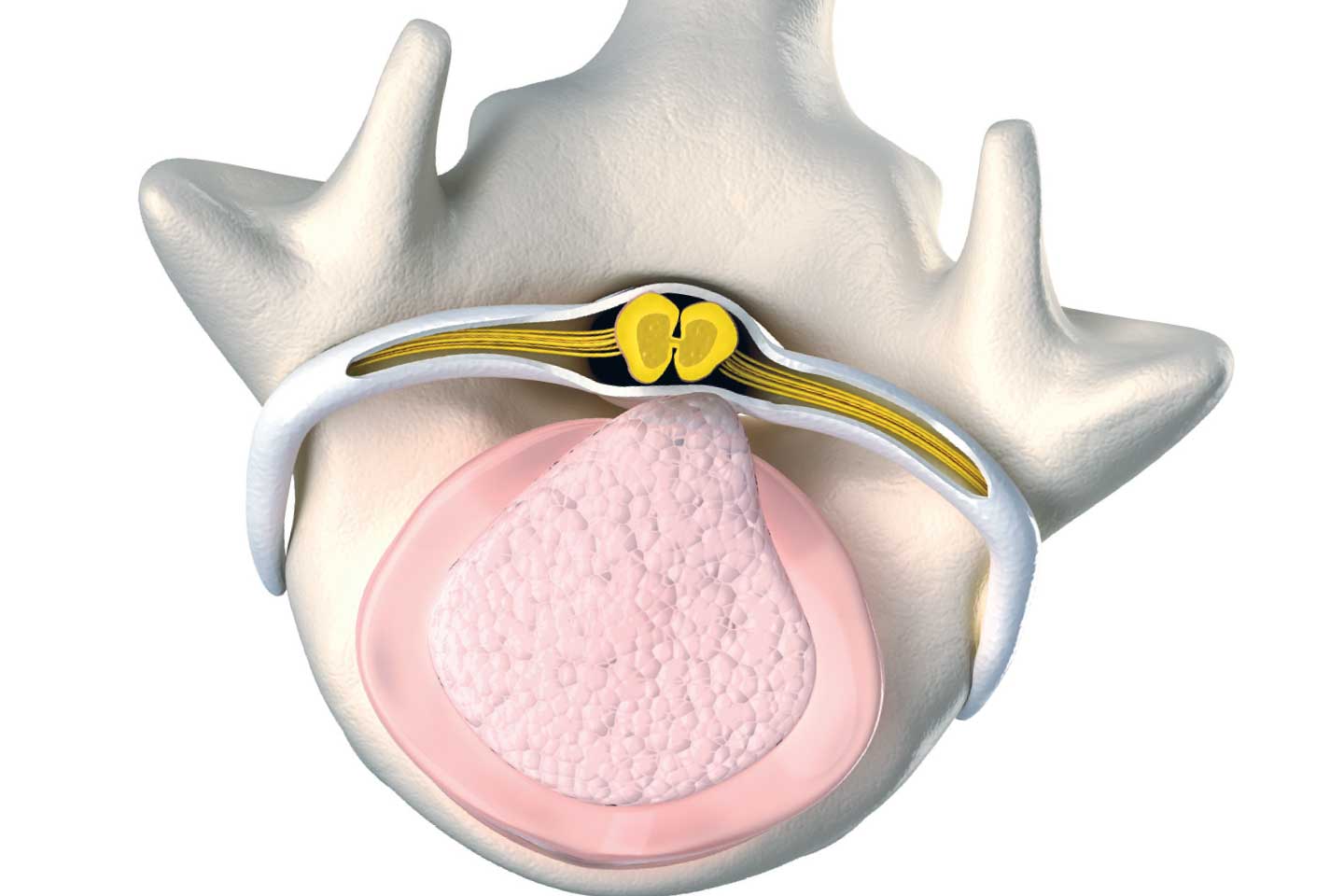

It has also been ascribed to unrecognised and atypical herniated discs. Bulging has been ascribed to redundancy of the annulus, loss of disc space height, ligamentous laxity, response to loading or angular motion, and remodeling in response to adjacent pathology, and volume averaging on CT/MRI axial images. The MRI showed a bulging disc at the L4-L5 level and this disc is pressing. Still, Googe said, people 'could have a bulging disc and not even know it because they have no symptoms'. As such, discs in the lumbar spine, and especially the lowermost disc, L5 S1. Some healthcare providers define terms such as bulging disc, disc protrusion, and herniated disc differently, so ask for clarification if a doctor says you have any of these conditions. In the neck, the nerve root is named for the lower. A bulging disc is a condition in which the disc protrudes or bulges, often putting pressure on a surrounding nerve root and causing pain. Nerves along the cord consists of: For most spinal segments, the nerve roots run through the bony canal, and at each level a pair of nerve roots exits from the spine. You might have pain in part of the foot as well. The spinal cord can be divided into segments according to the nerve roots that branch off of it. If your herniated disk is in your lower back, besides pain in your lower back, you'll typically feel pain in your buttocks, thigh and calf. 'It can make people want to lay in bed while the disc heals'. Herniated disks usually affect one side of the body. asymmetric bulge: does not involve the entire circumference, but nonetheless more than 90 °īulging is an observation of the contour of the outer disc, and it is not a specific diagnosis. Herniated discs 'can be pretty painful', said Jason Koh, DO, board-certified physiatrist and triage physician at the Spine Health Center at MemorialCare Orange Coast Medical Center.


circumferential bulge: involves the entire disc circumference.Classificationīulges are always broad, and can be further divided according to how much of the circumference they involve: At the time of writing (2022) the most recent and widely used terminology was proposed in 2014 by Fardon et al., and represents a consensus of the North American Spine Society, the American Society of Spine Radiology and the American Society of Neuroradiology 3. If symptoms continue, surgery may be recommended. NB: A number of definitions of what exactly constitutes a disc protrusion have been proposed/used over the years, and it is important to realize that these differ substantially from one another 1-3. Most people improve in 6 weeks and return to normal activity. Sometimes, a herniated disc will cause only leg pain or arm pain and not lower back pain or neck pain, and may initially be thought to be a problem with the patients leg or arm. Disc herniation is distinguished from a disc bulge in that it involves less than 25% of the circumference. Thoracic disc herniations (in the upper back) are less common than in the neck or lower spine, but they do occur.


 0 kommentar(er)
0 kommentar(er)
